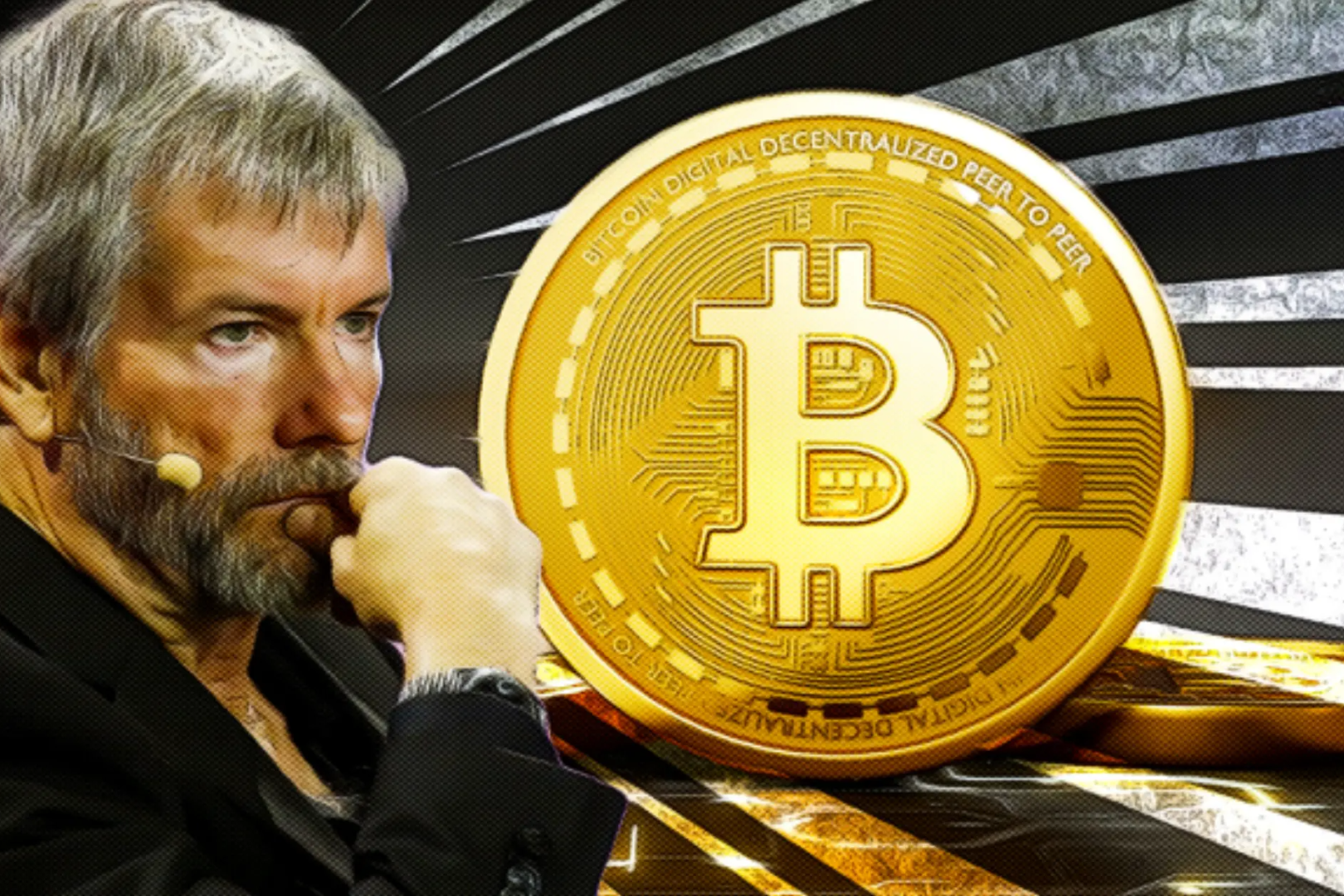After becoming popular, Believe quickly fell out of favor. It seeks a turnaround amid high fees and trust crisis.
Following the concepts of MCP and others, the concept of Internet Capital Market (ICM) in the Web2 field has also been introduced to Web3. ICM is a decentralized financing method where funds flow directly to developers without venture capital or intermediaries. Developers publish ideas, and users participate with tokens. If the project is popular, the token will appreciate, and if it is not recognized, it will naturally die. ICM breaks the boundaries between crowdfunding, financing, and speculation, making capital flow more direct and free.
In the ICM narrative, the project that got out first was Believe. As the representative project under the ICM concept, Believe's platform currency $LAUNCHCOIN rose by more than 500% in a day, and its market value exceeded 300 million US dollars. On the Believe platform, users can issue coins when they post a post, and invest in the creator's creative ideas. Token creators and early participating users can get more incentives, and Believe has also received support from the Solana Foundation. At the same time, after experiencing a short-term explosive popularity, Believe's entire ecosystem cooled down in a short period of time, and the project also aroused doubts and controversy in the community. Below, we will find out.
Believe daily transaction fees ranked first among Solana new issuance platforms
Believe optimized the original coin issuance model on May 23, and the method of issuing coins by posting with the X account @launchcoin will be suspended. At present, the platform will adopt an open launch mechanism, allowing developers to submit and publish projects instantly through the official website without official review. At the same time, in order to prevent "water pumping" and projects that lack actual products, the platform will prevent such developers from obtaining platform fees, and conduct preliminary screening based on community feedback. In the future, a mandatory mechanism will be introduced within the product. At the same time, the official Verified label certification is implemented for some projects, which means that the project party has communicated with the platform and demonstrated integrity, but it does not constitute an endorsement or guarantee.
Believe is also one of Solana’s new on-chain issuance platforms, but according to Dune data, the current Solana on-chain token issuance is still concentrated on Pump.fun, and the MemeCoin issued by Pump.fun accounts for more than 90% of Solana’s entire public chain.
But among the new issuance platforms on the Solana chain, some other faces have emerged. Among these new issuance platforms, based on market capitalization, the largest share is currently Raydium's new issuance platform LaunchLabs, accounting for 38.1%, followed by Let's bonk, accounting for 36%, followed by Believe, accounting for 25.8%, and Boop.fun, accounting for 1%.

Figure 1 Source: analytics.topledge
At the same time, Believe ranks first in the cumulative transaction fees of new issuance platforms, with a daily cumulative transaction fee of nearly 15 million US dollars. This is closely related to the transaction fee mechanism set by Believe, which is also one of Believe’s pain points. We will explain it in detail below.

Figure 2 Source: analytics.topledge
Believe Three major pain points lead to a trust crisis, and the lack of a beneficial effect makes it difficult to drive the growth flywheel
On the Believe platform, creators must issue tokens through a bonding curve mechanism. This means that creators need to create a token and initiate transactions through a bonding curve. When the token market value reaches a certain standard, the token will "graduate" into a deeper liquidity pool. Under these mechanisms, some pain points of the Believe platform are also implied.
1. High transaction fees
The Believe platform charges a mandatory 2% handling fee for all transactions, of which 1% is allocated to creators, 0.1% is rewarded to Scouts (early token promoters), and 0.9% belongs to the platform. This fee rate is much higher than the mainstream launch platform (about 1% -1.5%), and users are required to pay it in both buying and selling directions, with an actual burden of up to 4%. More importantly, this model can easily erode user profits when token prices fluctuate violently, suppressing the activity of short-term trading behavior. A large number of community users question whether the platform uses handling fees as the main source of profit, rather than truly promoting a win-win situation for creators and the community.
2. Token creators’ income is unclear
Although the platform claims that creators can get 1% of the transaction share, the actual income of many users is surprisingly low after the on-chain transaction volume reaches hundreds of thousands of dollars. Some creators even revealed that they only earned $50 for completing a transaction volume of $450,000, which is far below reasonable expectations. At the same time, the platform lacks open and transparent settlement documents or verifiable contracts on the chain, which further undermines user trust.
3. Lack of beneficial effects
Many of Believe's token creators are from Web2 and are not familiar with the concept of Web3. Therefore, there is a widespread phenomenon of serious deviation between tokens and products in projects, and some projects even have no products. At the same time, Believe has also been suspected of insider trading. There are many snipers at the opening of new tokens. Many projects buy and issue tokens in the same second and in the same block, which has no benefit effect on participating retail investors.
The current state of the Believe ecosystem is not optimistic, with only five projects with a market value of over 10 million US dollars
After the short-term ICM narrative concept, the overall ecosystem heat has gradually declined. According to believescreener data, the current total market value of the platform is about 433 million US dollars, of which the market value of the platform currency $LAUNCHCOIN is about 242 million US dollars, accounting for 56.2% of the total market value. In addition, there are only five projects in the entire ecosystem with a market value of more than 10 million.

Figure 3 Source: believescreener
These current situations show that Believe still faces challenges in implementing high-quality ideas and building a sustainable economic model. The current ecosystem reflects a fragile structure dominated by speculative participation. If Believe cannot find a more stable balance between product logic, community incentives and traffic mechanisms, it may be difficult for it to support the long-term vision of the project.
summary
Believe focuses on ICM narrative and has become a frontrunner in this field. At present, Believe has not stabilized its market share. The official response to the existing projects has not solved the problem from the root, and the optimization of the coin issuance mechanism also needs to be tested by the market. However, the thoughts derived from the Believe phenomenon are worthy of our attention.
From the introduction of Web2 concepts into Web3, there is still money and traffic chasing after the concept in the early stage of introduction, but in the medium and long term, most of them are just a wave of popularity. Whether it is AI Agent introducing MCP or Lanuchpad introducing ICM, there are situations where the project cannot be maintained for a long time. Perhaps, thinking more deeply, the concept of the Web2 field itself is very mature. Is the introduction of the concept of Web3 a hype demand? Or only after Web3 has a large-scale practical application, will it be more meaningful to introduce some mechanisms from Web2? At the current stage, investors should look at this kind of grafted introduction concept more objectively.
Although Believe has many problems, it also reflects the real market demand for Launchpad's innovative mechanism. From Believe to boop.fun, these cases show that if the Launchpad platform wants to continue to develop, it must return to the core demands of fairness, transparency and the interests of community users. Take Virtuals Protocol as an example. It is through continuous optimization of the user system that it can stand out and move forward steadily in rounds of narrative waves.



